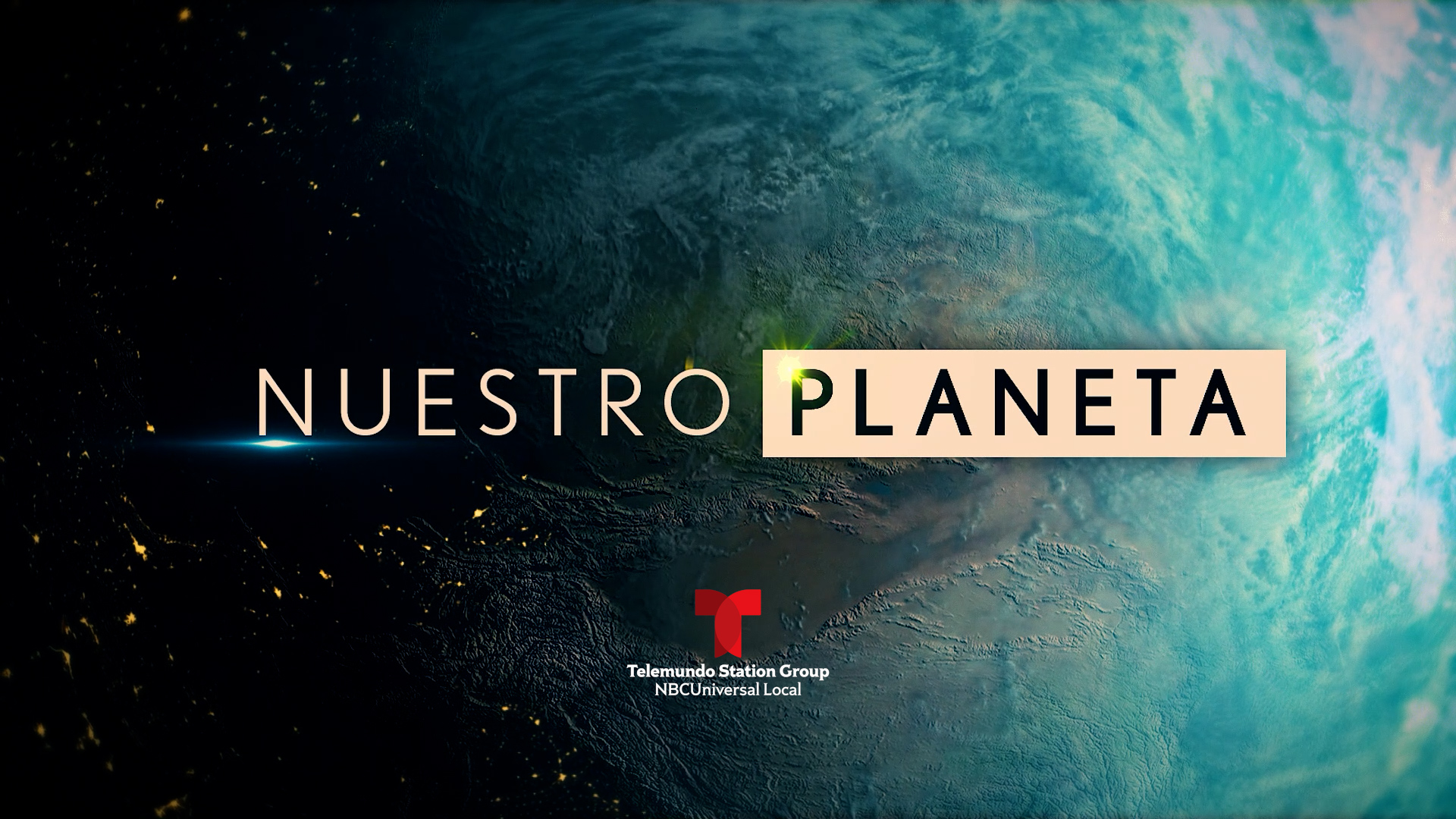ST. LOUIS, Missouri, September 15, 2008 (ENS) - The Veolia hazardous waste incinerator in Sauget, with its long history of explosions and toxic chemical releases, was issued a clean air permit on Friday by the U.S. Environmental Protection Agency. The incinerator has been operating without a permit since 1995.
Located on the Missouri-Illinois border next to the heavily populated, low-income neighborhood of East St. Louis, the incinerator is just across the Mississippi River from downtown St. Louis, near Busch Stadium and the city's trademark Arch.
As recently as November 2005, the owners agreed to pay $150,000 for alleged air pollution violations. The facility has been fined more than $3 million in recent years.
Normally, Clean Air Act operating permits are issued by states. In this case, the U.S. EPA issued the permit because of legal action by the Sierra Club and the American Bottom Conservancy objecting to a draft permit for the facility issued by the Illinois EPA in 2003 that they called deficient.
U.S. EPA issued an order in February granting many of the objections of the organizations and sent the permit back to Illinois EPA. When the state agency failed to issue an amended permit by May 2, the responsibility reverted to the federal agency.
Twice this year, the two groups sued the U.S. EPA asking the court to order the federal agency to either issue the permit or deny it. On Friday, the U.S. EPA issued the permit.
Verena Owen, the Illinois Sierra Club's clean air campaign chair, told ENS in an interview that the new permit is "an improvement" over the state draft permit that was floated five years ago.
U.S. & World
"This is their first ever operating permit, which is great news," she said, pleased that the facility now has federally enforceable emissions limits that it must meet. "It's 10 to 12 years overdue."
There is a 30 day window of opportunity for the two groups to appeal this permit to the Environmental Appeals Board in Washington, DC, but Owen says they have not decided whether or not to take that action.
Kathy Andria, president of the American Bottom Conservancy and conservation chair for the Kaskaskia Group of the Sierra Club, told ENS that she feels "strongly both ways" about the newly issued permit.
"We're pleased they now have an enforceable permit that is better than what the Illinois EPA wrote five years ago," she said. "But we don't think they should have gotten any kind of permit because they can't comply with the terms."
"This is the wrong place to locate such a facility," said Andria. "We recognize there's a need for a hazardous waste incinerator, but workers have told us that when they've had explosions, they just open the windows to let it vent out into the neighborhood."
The fumes either blow to East St. Louis or to St. Louis and no matter where they blow, people can smell these noxious emissions.
Andria's group works to conserve the American bottom floodplain of the Mississippi River, where the Veolia hazwaste incinerator and other industrial facilities sit behind a levee that is structurally deficient.
"The Corps of Engineers and FEMA have declared that our levees are not certifiable," Andria said. "They are deficient, making the American bottom floodplain a hazardous area where steel mills, chemical factories, two Superfund landfills, a refinery, petroleum tanks, and a number of hazardous waste and toxic waste facilities are sited in the midst of several hundred thousand people," she said.
And there are other risks. The floodplain is near two earthquake faults and during this year's floods sand boils appeared as water under pressure welled up through the sandy bottom.
In public comments submitted to the EPA's proposed permit in July, the two groups wrote, "Sand boils in the levee were reported near the Veolia facility during the most recent high river levels. A road washed out just south of the facility. Many communities on the river above East St. Louis flooded. ... FEMA has sent all the American Bottom floodplain communities, including Sauget, new maps showing that they are now unprotected."
"Veolia stores hazardous waste waiting to be incinerated," the groups wrote. "Should a levee be compromised, that hazardous waste would be mixed with floodwaters and carried to adjacent communities and their residents."
While this issue is not covered by the Clean Air Act permit, the groups say federal and state agencies should recognize it.
"It's very scary," said Andria, who lives in the area. "It's so important that people start paying attention to this, our agencies have not taken this seriously. People are paying taxes to have the agencies protect them and they're not doing it. It's a gross miscarriage of justice."
One aspect of the U.S. EPA's decision has pleased Andria - that the federal agency considers this an environmental justice issue and conducted a health risk assessment requested by the groups.
"They did say there were issues of subsistence fishing at a nearby state park," said Andria, and the U.S. EPA lowered the amount of mercury the Veolia incinerator is allowed to release. Still, Andria wonders how this will be monitored.
The incinerator is owned and operated by Veolia Environnement, a French corporation that is the world's largest environmental services company. In July, Veolia selected Chicago as its new North American headquarters.
Michel Gourvennec, chief executive of the Veolia Environnement group in North America, as well as president and CEO of Veolia Environmental Services North America, said at the time, "The city of Chicago's many environmental initiatives mirror our focus on sustainable development and our interest in providing leading-edge environmental programs for our municipal, industrial and commercial customers."
"It is a large company," said Owen, "that could very well do the right thing, be proactive and protective of their neighbors."
The neighbors are intimidated, Owen said. "There were evacuations, explosions, fires. They are frightened and upset. If they have put all their life savings into a house in that neighborhood and they want to get out, they can't find a buyer, they're pretty much stuck there. This is a classic environmental justice issue."
{Photo: The air is murky over the Mississippi River with East St. Louis/Sauget on the left and St. Louis on the right. June 11, 2005.(Photo by Greg Jonsson)}
Copyright Environment News Service (ENS) 2008. All rights reserved.




